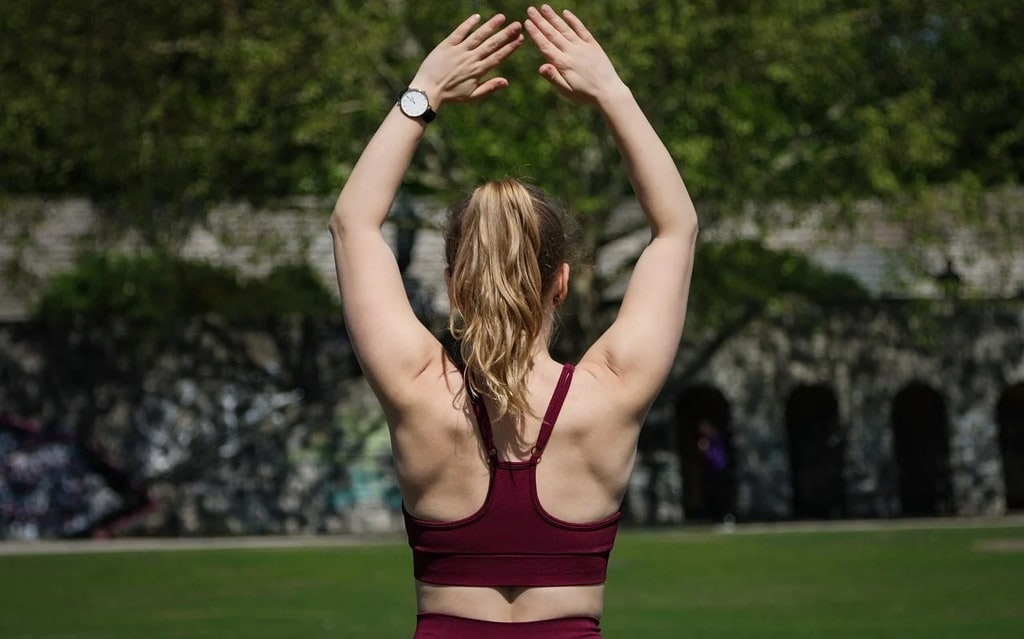Creating a personalized workout routine is an essential step toward achieving your fitness goals. Whether you’re aiming to lose weight, build muscle, or enhance overall health, tailoring a workout plan to your unique needs can make all the difference. This article delves into the key aspects of creating a personalized workout routine, offering a comprehensive guide to help you on your fitness journey.
How to Develop a Personalized Workout Routine
The process of developing a personalized workout routine begins with understanding your fitness goals. Are you looking to shed pounds, gain strength, improve endurance, or perhaps a combination of these objectives? Clearly defining your goals will shape the foundation of your workout plan.
Next, assess your current fitness level. This assessment will determine the starting point for your routine. Take into account your physical capabilities, any pre-existing conditions, and your experience with different types of exercises. This honest evaluation ensures that your routine is both effective and safe.
Another critical factor is identifying your preferences. Enjoyment plays a significant role in maintaining consistency. Choose activities that you find enjoyable, whether it’s running, swimming, lifting weights, or practicing yoga. Your personal preferences can greatly influence your commitment and motivation.
Components of a Balanced Workout Routine
A well-rounded workout routine should include various types of exercises to ensure overall fitness. Here are the key components:
- Cardiovascular Exercise: activities such as running, cycling, and swimming that elevate your heart rate and improve cardiovascular health.
- Strength Training: exercises like weightlifting or bodyweight exercises that build muscle strength and endurance.
- Flexibility and Mobility: incorporating stretching or yoga to enhance flexibility and reduce the risk of injury.
- Balance and Stability: including exercises that improve balance, such as Pilates or balance-specific drills.
Incorporating these elements creates a balanced routine that addresses all aspects of fitness.

Setting Realistic and Achievable Goals
Setting realistic and achievable goals is vital to maintaining motivation and seeing progress. Break down your larger fitness goals into smaller, manageable milestones. This approach not only makes the goals seem less daunting but also provides a sense of accomplishment as you reach each milestone.
It’s also essential to be flexible with your goals. Life can be unpredictable, and adjusting your goals as needed can prevent feelings of frustration or failure. Remember, the journey to fitness is a marathon, not a sprint.
Designing Your Weekly Workout Schedule
Creating a weekly workout schedule helps in organizing your fitness routine and ensuring a balanced approach. Here’s an example to get you started:
- Monday: cardio (e.g., running or cycling) for 30-45 minutes.
- Tuesday: strength training focusing on upper body.
- Wednesday: flexibility and mobility exercises, such as yoga.
- Thursday: cardio session, preferably different from Monday (e.g., swimming).
- Friday: strength training focusing on lower body.
- Saturday: balance and stability exercises.
- Sunday: rest or light activity like walking.
Having a structured schedule ensures that you engage in various types of exercises throughout the week, promoting balanced fitness.
Adapting and Progressing Your Routine
As you advance in your fitness journey, it’s essential to adapt and progress your routine. Gradually increase the intensity, duration, or frequency of your workouts to continue challenging your body. This progression helps in overcoming plateaus and ensures continuous improvement.
Listen to your body and make adjustments as necessary. If you feel fatigued or experience discomfort, modify your routine to prevent overtraining or injury. Recovery is a critical aspect of any workout plan, allowing your muscles to repair and grow stronger.
Tracking Your Progress
Tracking your progress is an effective way to stay motivated and measure the success of your workout routine. Keep a fitness journal or use apps to record your workouts, noting details such as exercise type, duration, intensity, and how you felt during the session. Regularly review your progress and celebrate your achievements, no matter how small.
Staying Motivated and Consistent
Staying motivated and consistent can be challenging, but finding ways to keep yourself engaged is essential. Set short-term and long-term goals, reward yourself for reaching milestones, and vary your workouts to prevent boredom. Sometimes, finding a workout buddy or joining a fitness class can provide the extra push you need to stay committed.
By focusing on your unique goals, preferences, and progress, you can create a personalized workout routine that not only meets your needs but also keeps you motivated and on track toward achieving your fitness aspirations. Remember, the key to success lies in consistency and adaptation, ensuring that your fitness journey is enjoyable and sustainable.

